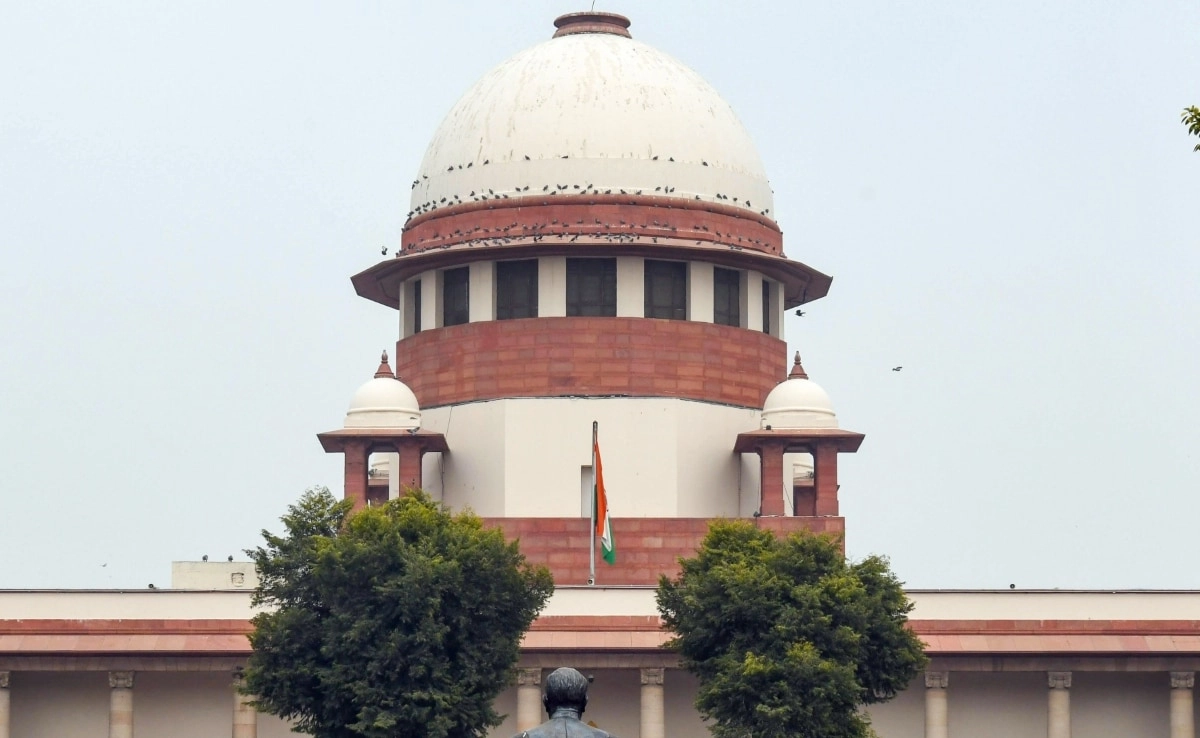In a significant move amidst ongoing debates about transparency and accountability, the Supreme Court has announced its decision to mandate the public disclosure of judges’ assets. This development comes in the wake of a controversy surrounding the “Cash-At-Home” issue, which has raised questions about the financial integrity of members within the judiciary. The “Cash-At-Home” row refers to allegations that some judges may be hiding substantial amounts of unaccounted cash in their homes, a situation that has sparked widespread concern regarding corruption and the impartiality of judicial proceedings. By opting for transparency through the public declaration of assets, the Supreme Court aims to address these concerns head-on and restore public trust in the judicial system.
The requirement for judges to publicly declare their assets is a crucial step toward fostering accountability within the judiciary. It serves not only to deter potential misconduct but also to reassure the public that judges are held to the same standards of financial integrity as citizens in other professions. This initiative is expected to enhance scrutiny of judges’ financial dealings and ensure that they are operating without undue influence or conflicts of interest. Furthermore, the Supreme Court’s decision aligns with broader global trends advocating for increased transparency in governance, especially in institutions tasked with upholding justice and the rule of law.
While the move has been met with a mix of support and skepticism, proponents argue that this initiative could be a game changer in the fight against corruption within the judiciary. By making financial disclosures mandatory, the Supreme Court is setting a precedent that could encourage similar reforms in other governmental branches. Critics, however, caution that simply making assets public may not be sufficient to eliminate corruption entirely; rather, it must be accompanied by robust enforcement mechanisms and a commitment to ethical standards. The effectiveness of this measure will ultimately depend on how it is implemented and whether judges are held accountable for any discrepancies in their asset declarations.
In conclusion, the Supreme Court’s decision to require judges to publicly disclose their assets marks a pivotal moment in the ongoing quest for accountability and integrity within the judiciary. As the “Cash-At-Home” controversy highlights the potential for financial misconduct, this move aims to reassure the public that the judicial system is committed to transparency. The evolution of this policy will be closely monitored, as its success could set a benchmark for reforms in other areas of public service, ultimately contributing to a more trustworthy and just legal system.




